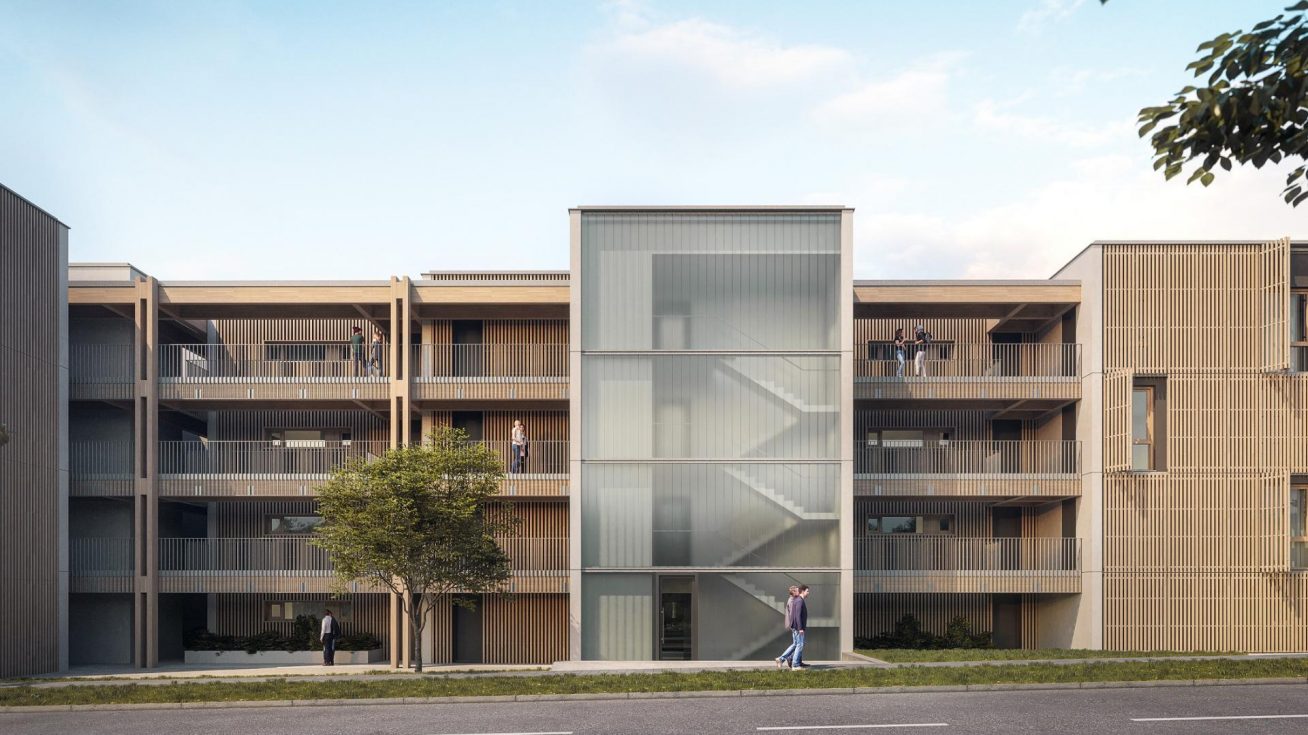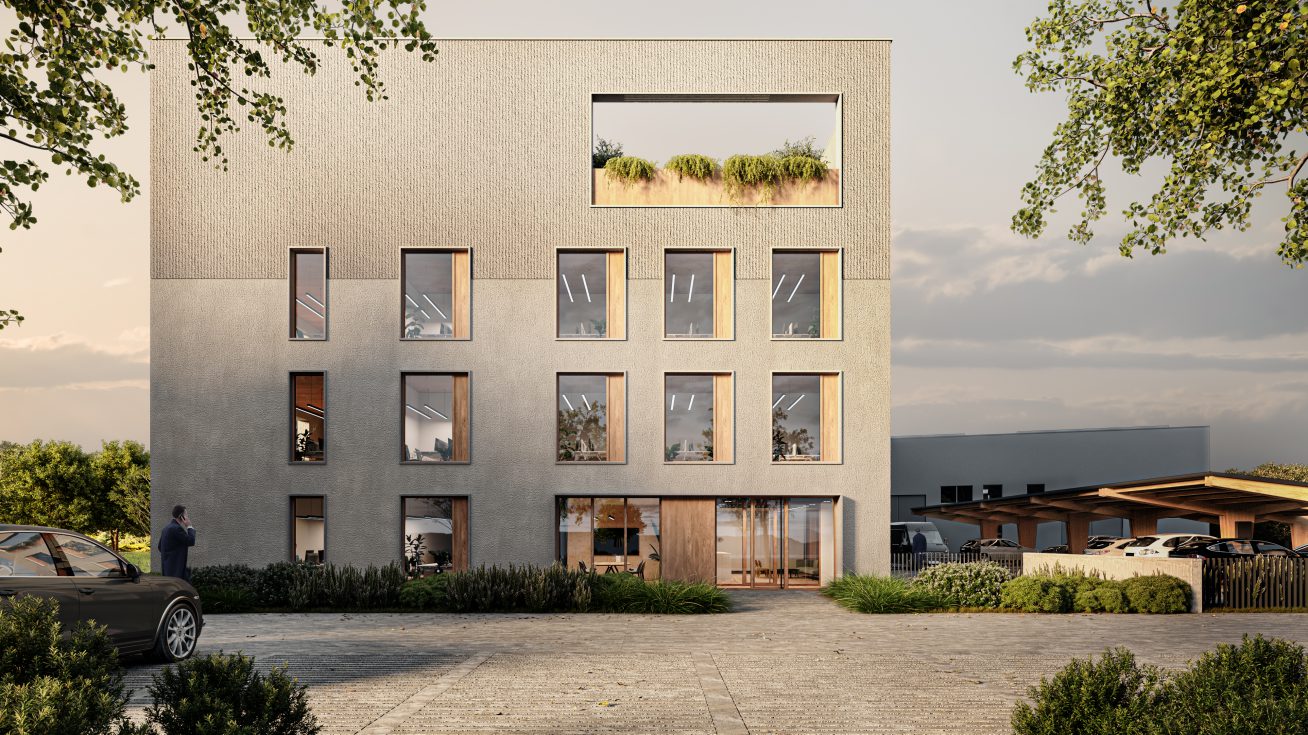Nema has been on the market since the 90s. years. What do you see as the main turning points in our country when it comes to wooden buildings?
I think the turning point is now. I can remember a time when 150 single-family homes were being built out of wood a year across the country, and public buildings, apartment buildings, and office buildings were in units. Currently, over three thousand family houses are built from wood in the Czech Republic every year and dozens of large public and residential projects are in the pipeline. We had to mature gradually, whether it is architects, designers, manufacturers or contractors of wooden buildings. And the same goes for investors, mayors and developers. Even construction companies are finding that it is not a problem to replace brick with wood even for larger jobs. This year, we competed for several wooden buildings with investment costs of around half a billion. Big investors are also thinking well ahead, they see the impact of ESG (see article) and that in five years the situation will be radically different.
So, according to you, this is a natural gradual development, similar to the case of Austria, where they are about 20 years ahead…
It’s exactly the same here. It can’t be rushed. As an implementation company, you need time, you can’t just buy machines and fly into a four-storey apartment building.
In the context of the Czech Republic’s readiness for the boom in wooden buildings, the state of forestry is often mentioned, or whether we have enough material. You’re not worried about that?
I don’t. In Ždírc nad Doubravou, in the middle of the Czech Republic, Stora Enso recently built what is essentially the largest CLT panel factory in the world. Our forests produce so much timber that if you built all of our civil engineering structures (hospitals, administration offices, houses, schools, libraries, etc.) out of wood, you would use only a quarter of the annual increment. The other three quarters of the annual wood increment can thus be used for paper, furniture or export. We have three times more wood than we had in Maria Theresa’s time! Even the bark beetle calamity did not bring any dramatic intervention in this respect.
However, we only export a lot of timber abroad. You’ve criticized that a lot in the past.
Yes, because we are behaving like a developing country. We export the primary raw material, logs, without any added value. Instead, we should process it into a semi-finished or ideally finished product, whether it is a building or furniture. The Republic is missing out on a lot of money by doing this, it’s just stupid. We are lazy to think about what to do with the material, how to evaluate it.






